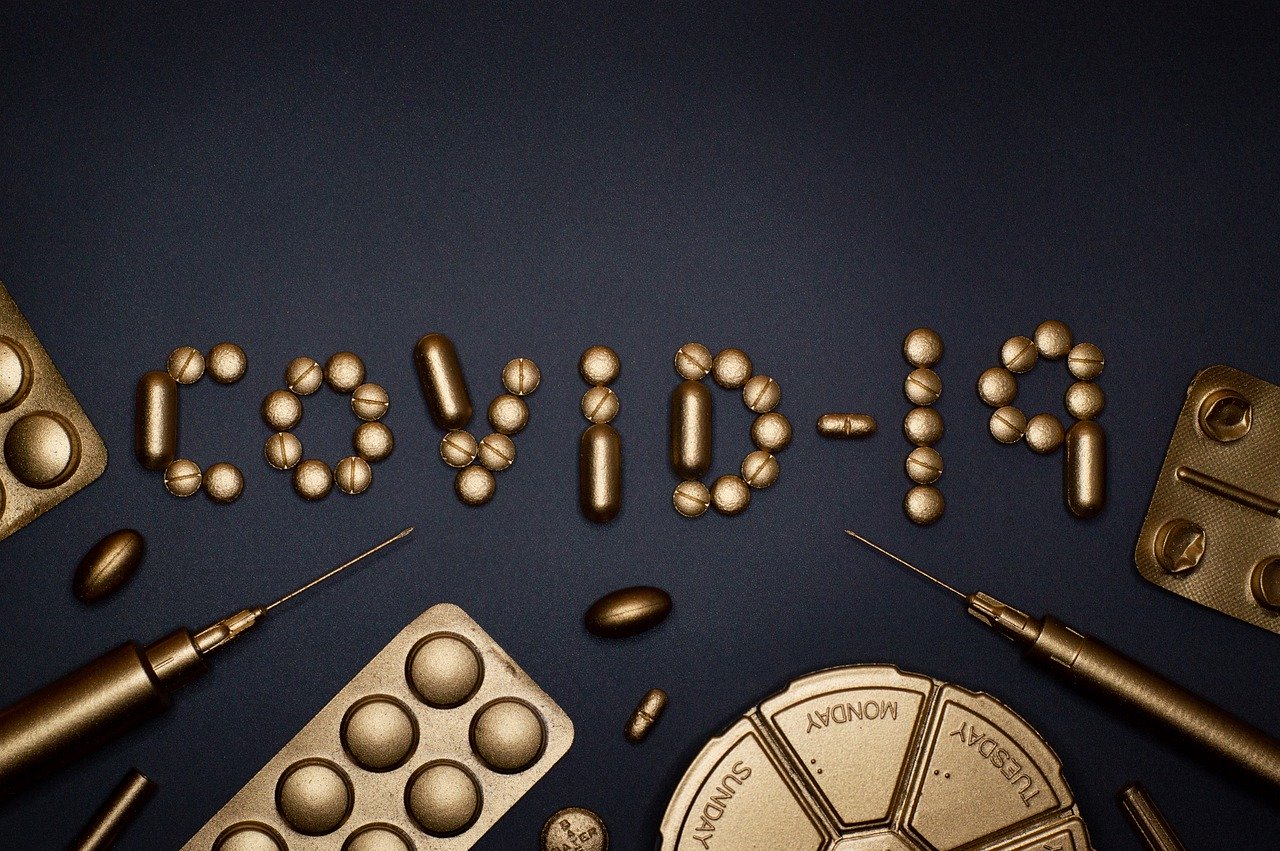
Why is coronavirus vaccine development taking so long? The answer is, according to an article on CNET, there are many tedious procedures involved and several regulatory hurdles to overcome.
"For any medicine to be sold it needs to go through the standard process of clinical trials including phase 1 [to] 3 trials," said Bruce Thompson, dean of health at Swinburne University in Australia.
"We need to ensure that the medicine is safe, will not do harm, and know how effective it is," he said.
Scientists cannot assume the vaccine they will come up with will be effective. They need to test the vaccines. They need to recruit thousands of people to join the clinical trials. They have to ensure the safety of a vaccine.
The general stages of the vaccine development cycle, according to the Centers for Disease Control and Prevention (CDC), are:
- Exploratory stage
- Pre-clinical stage
- Clinical development
- Regulatory review and approval
- Manufacturing
- Quality control
CDC points out that clinical development is a three-phase process.
Phase I is where small groups of people get hold of the trial vaccine. In Phase II, the clinical study expands and vaccine is tried by people who possess characteristics, such as age and physical health, "similar to those for whom the new vaccine is intended."
Phase III focuses on distributing the vaccine to thousands of people to be tested for efficacy and safety.
"Many vaccines undergo Phase IV formal, ongoing studies after the vaccine is approved and licensed."
Vaccine approval
The Center for Biologics Evaluation and Research External (CBER) of the U.S. Food and Drug Administration (FDA) is in charge of regulating vaccines in the United States.
According to the CDC, the sponsor of a new vaccine product goes through a multi-step approval process, which covers:
- An Investigational New Drug application
- Pre-licensure vaccine clinical trials
- A Biologics License Application (BLA)
- Inspection of the manufacturing facility
- Presentation of findings to FDA’s Vaccines and Related Biological Products Advisory CommitteeExternal (VRBPAC)
- Usability testing of product labeling
Once a vaccine has been approved, FDA will continue to manage the production and monitor its safety. Administering vaccine development and production activities, including periodic facility inspections, would resume "as long as the manufacturer holds a license for the vaccine product," the CDC states.
Meanwhile, FDA can require a manufacturer to report the results of their own tests. These will be examined for "potency, safety, and purity for each vaccine lot."
Moreover, FDA can require each manufacturer to present samples of each vaccine lot for testing.
The Vaccine Adverse Event Reporting System (VAERS) is responsible for the monitoring of the side effects of a vaccine. VAERS is a national vaccine safety surveillance program co-sponsored by the FDA and the CDC.
VAERS would gather and examine information from data of adverse events (side effects) that are present after the administration of US-licensed vaccines. Also, they accept reports from all concerned individuals, such as patients, healthcare workers, pharmacists, and manufacturers.
Current coronavirus treatment options
To date, when an individual is infected, antibiotics can cure them. Infected persons are asked to self-isolate to prevent further spread of the disease for 14 days. Medical care should be sought if symptoms emerge. Coronavirus symptoms are a shortness of breath, high fever, and lethargy.
There are no treatments for COVID-19 yet, but there are promising ones being studied.
Remdesivir is an experimental antiviral developed by biotech firm Gilead Sciences. Remdesivir would not completely destroy SARS-CoV-2. It could only get rid of a specific piece of machinery in the virus known as "RNA polymerase," which many viruses tend to replicate.
The Japanese influenza drug Favipiravir is believed to be capable of disrupting a pathway which allows viruses to replicate inside cells.






